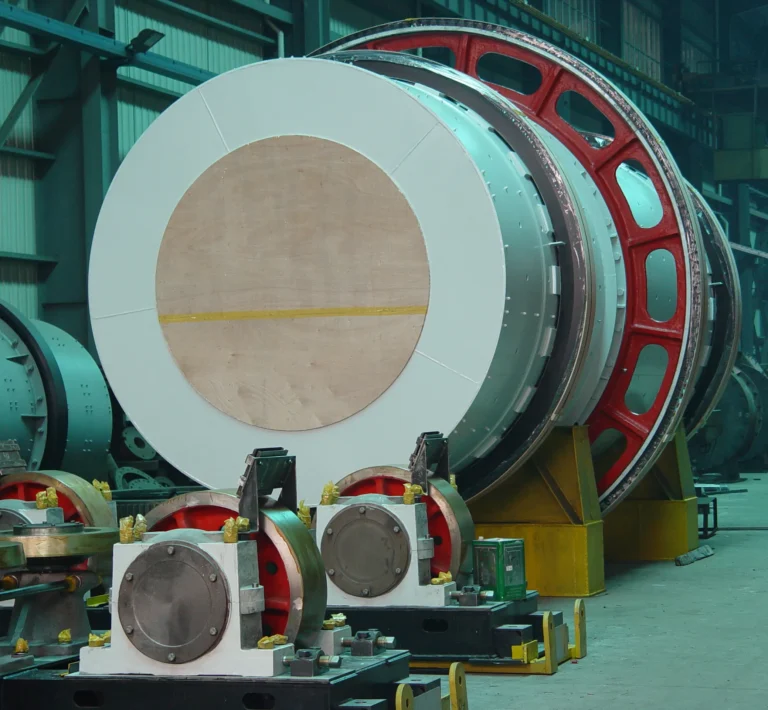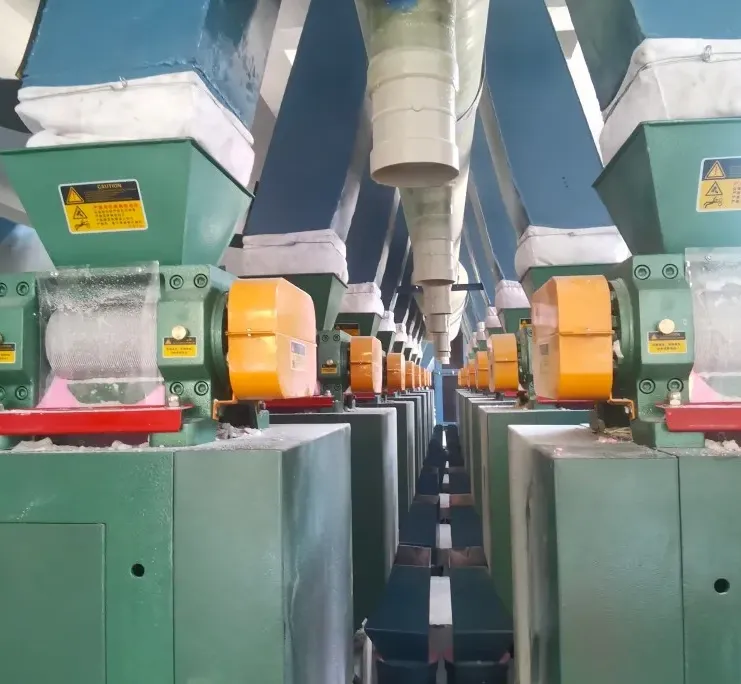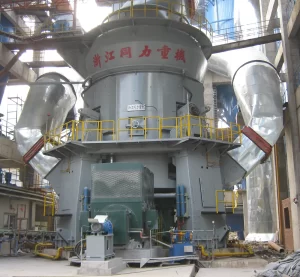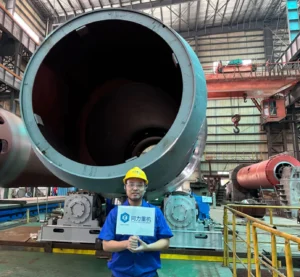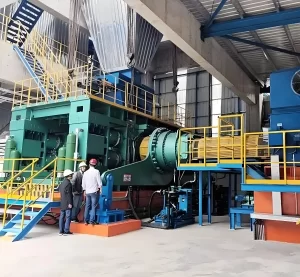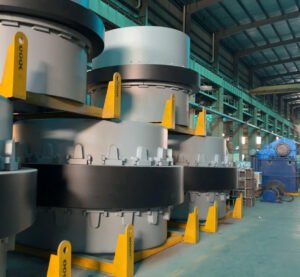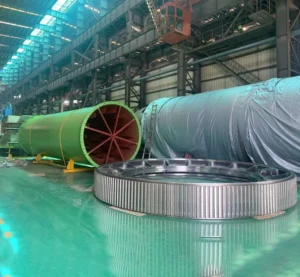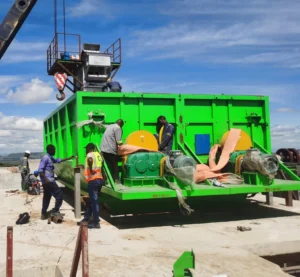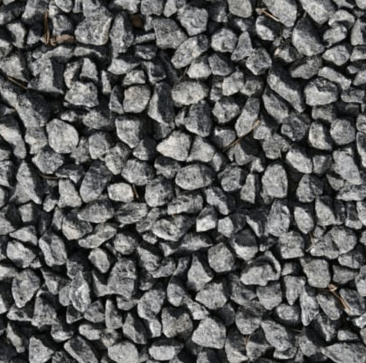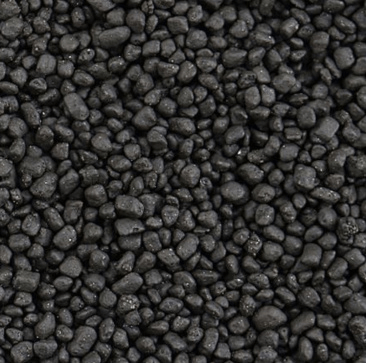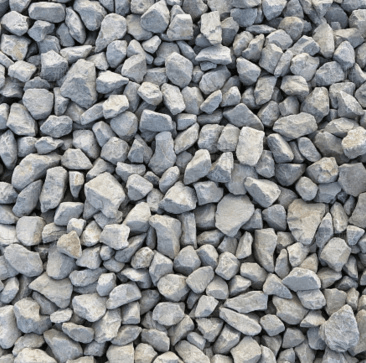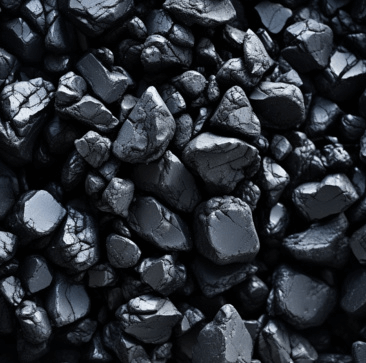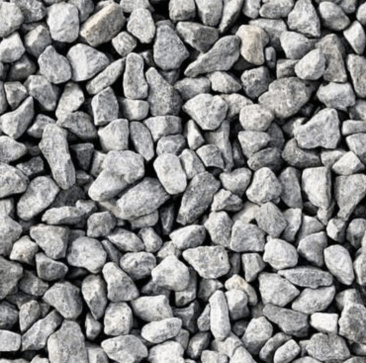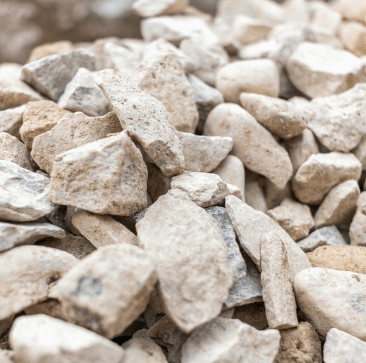-
1. How does a rotary drum granulator improve the agglomeration rate?
The agglomeration rate of a drum granulator mainly depends on the humidity of the material, the speed of the drum and the granulation time. Generally speaking, the pellet forming rate of a drum granulator can reach more than 90%. By controlling the moisture content of the material between 25% and 30%, and optimizing the spray system inside the drum to ensure that the material is evenly moistened, the forming rate can be effectively improved. In addition, the appropriate speed is also crucial. Too high or too low speed will affect the pellet forming quality. In order to further optimize the uniformity of the pellets, different angles of the scraper can be installed to increase the number of pellet tumbling times.
-
2. What are the applicable scopes of double roller extrusion granulators?
Extrusion granulators are widely used in fertilizer, chemical, pharmaceutical and other industries, and are especially suitable for dry type granulation processes. It compresses powdered materials into granules through mechanical extrusion force, and is suitable for materials that are not easy to agglomerate, such as ammonium chloride, calcium phosphate, single component fertilizer etc. Compared with other granulation equipment, extrusion granulators do not require high temperature operation and have significant energy-saving effects. The output is usually between 1 and 2 tons per hour. Different specifications of molds can be adjusted according to user needs to produce granules with diameters between 1 mm and 6 mm to meet the needs of various fertilizer production.
-
3. What types of fertilizers are suitable for high-tower granulation?
High-tower granulators are mainly used to produce high-Nitrogen concentration compound fertilizers, such as nitro compound fertilizers (NPK fertilizers). Due to their large production capacity, they are usually used for large-scale production. The characteristics of high-tower granulation are that after the molten material is sprayed on the top of the high tower, the material is naturally cooled and formed under the action of gravity, the particle density is uniform, the compressive strength is high, and the breakage rate is less than 2%. During the production process, high tower granulation can ensure that the shape of the particles is regular and has good fluidity, which is suitable for automated packaging and transportation, and the annual output can reach hundreds of thousands of tons.
-
4. How to adjust the particle size of the disc granulator?
The particle size of the disc granulator can be controlled by adjusting the inclination angle and rotation speed of the disc. Generally, the larger the inclination angle, the smaller the particles; the faster the rotation speed, the shorter the residence time of the material in the disc, and the particles will be relatively small. The common particle diameter is between 2 mm and 10 mm. By adjusting the process parameters, the diameter of the particles can be flexibly changed. In addition, the edge height of the disc granulator can also affect the aggregation and molding speed of the material, which is one of the important factors for adjusting the particle size.
-
5. What is the main difference between a drum granulator and a disc granulator?
The drum granulator mainly relies on the friction and centrifugal force generated by the rotation of the drum to roll the material into granules. It is suitable for large-scale production and the output can reach more than 20 tons per hour. The disc granulator is formed by the rotation of the disc and the natural falling of the material. It is suitable for small and medium-sized production, and the output is usually between 1 and 5 tons per hour. The granules of the drum granulator are more uniform, while the disc granulator is more flexible and suitable for production needs that require frequent adjustment of the granule size.
-
6. What are the advantages of extrusion granulator in compound fertilizer production?
Extrusion granulator has energy-saving and environmental protection advantages in compound fertilizer production. Compared with drum granulation or high tower granulation, extrusion granulation does not require heating process, so energy consumption is greatly reduced, saving energy costs. At the same time, the extrusion granulator has strong adaptability to raw materials and can handle a variety of fertilizer formulas with different ingredients. According to data, the energy consumption of the extrusion granulator can be reduced by more than 30% compared with traditional equipment, and the equipment maintenance is simple and the operating cost is low. It is particularly suitable for the production of hygroscopic fertilizers such as ammonium chloride and potash fertilizers.
